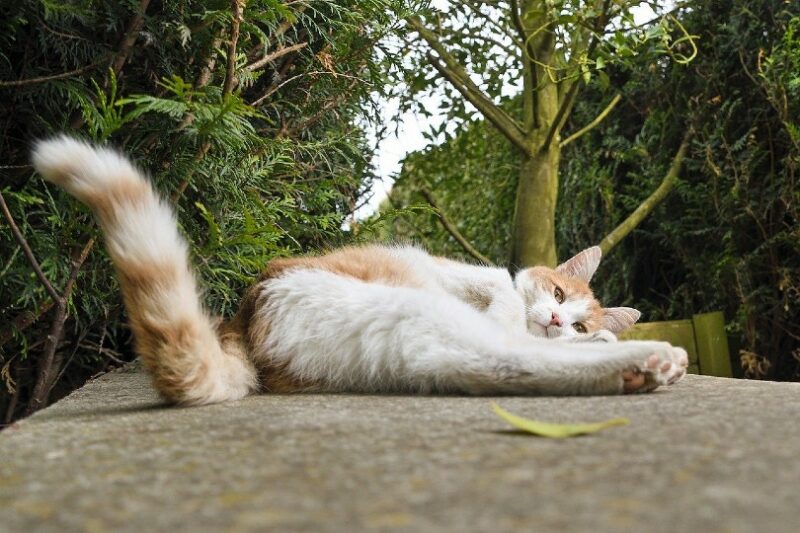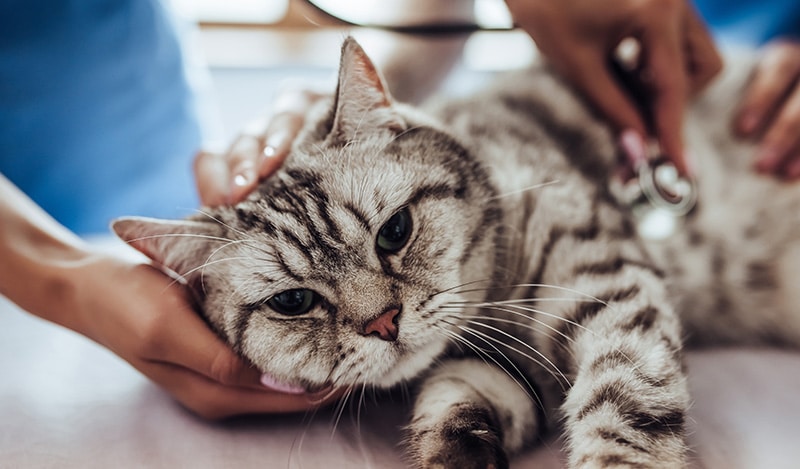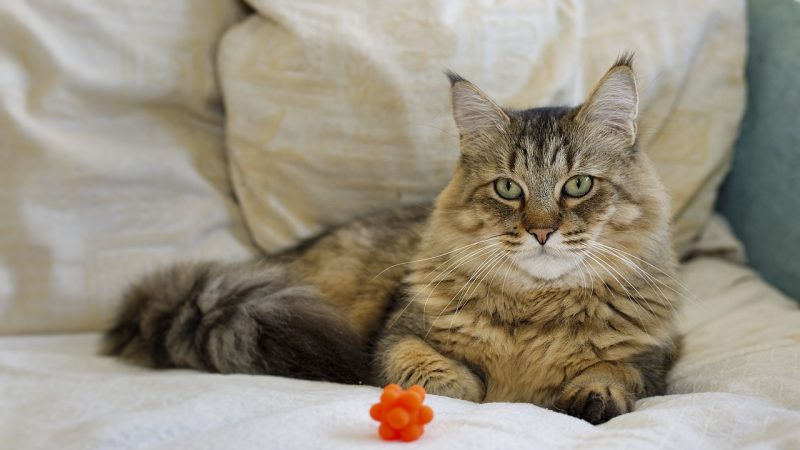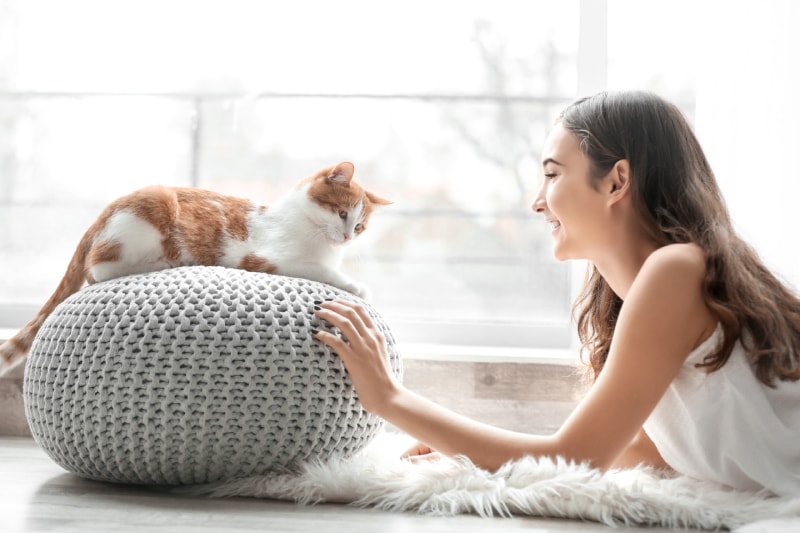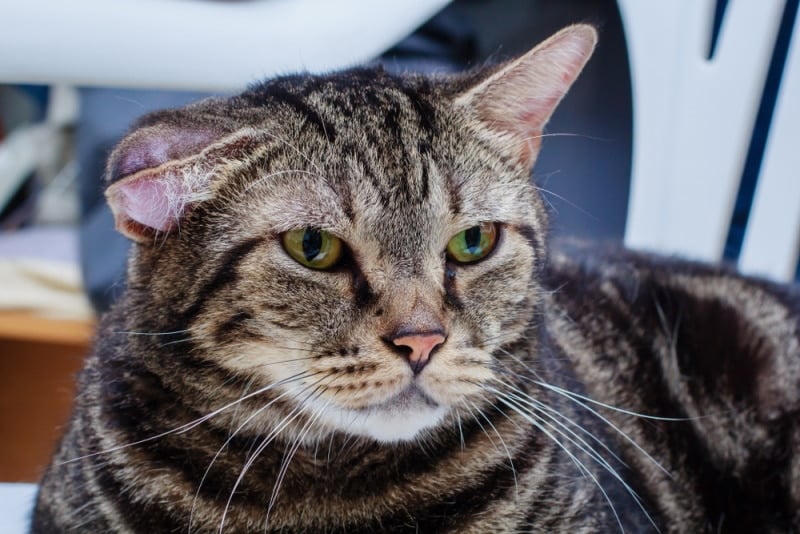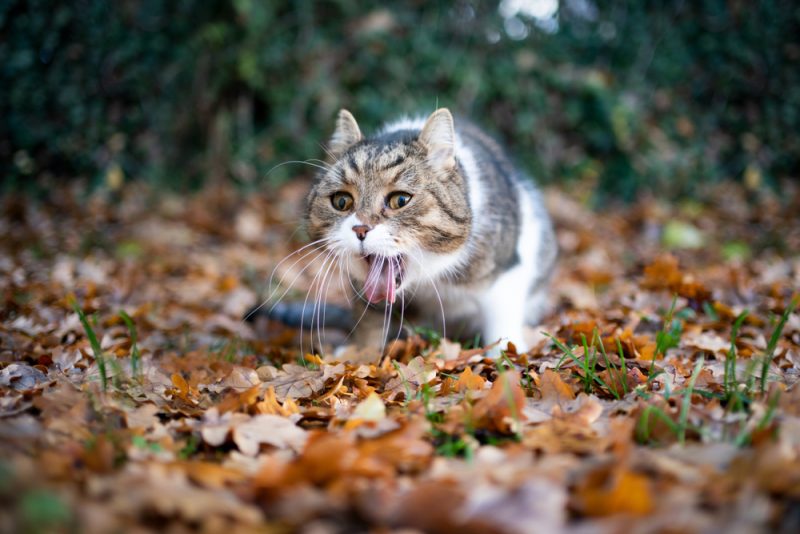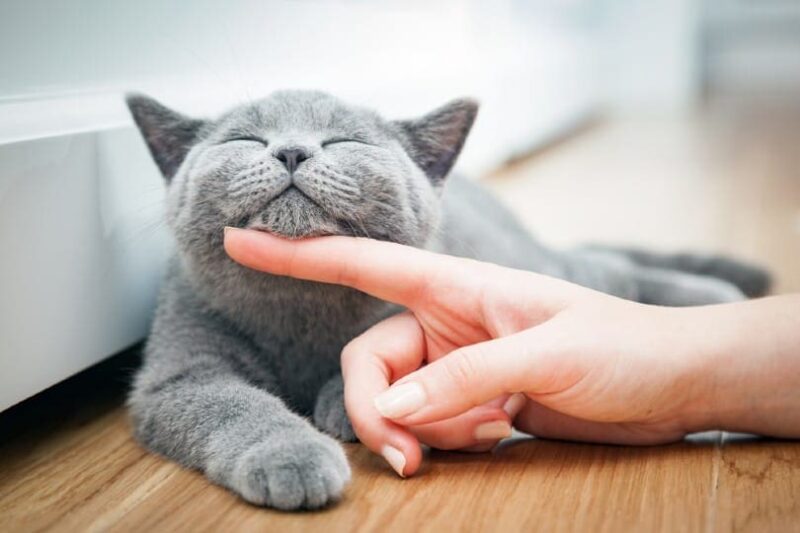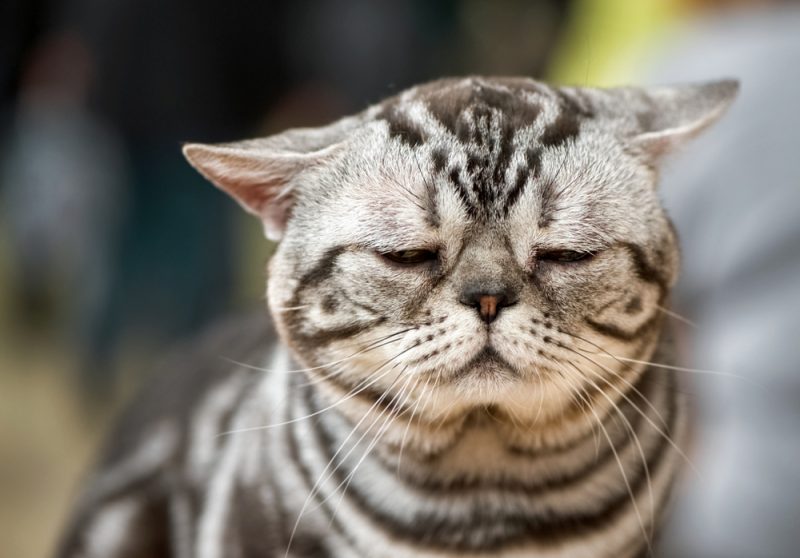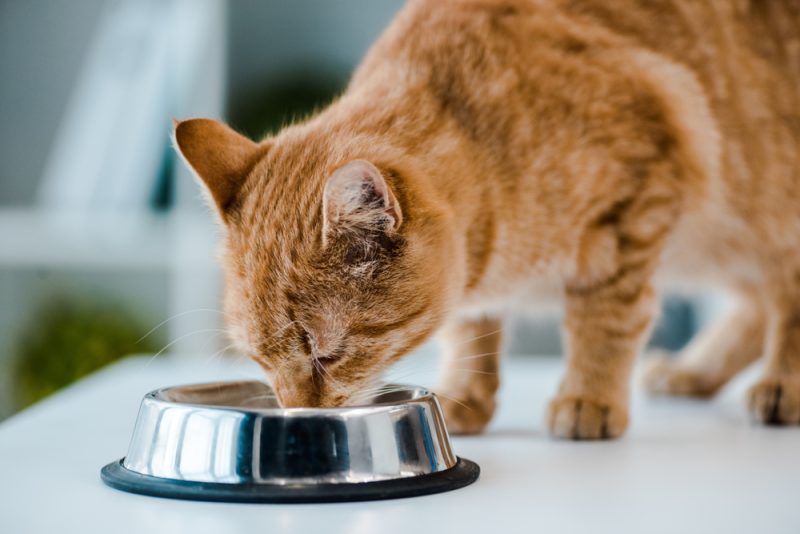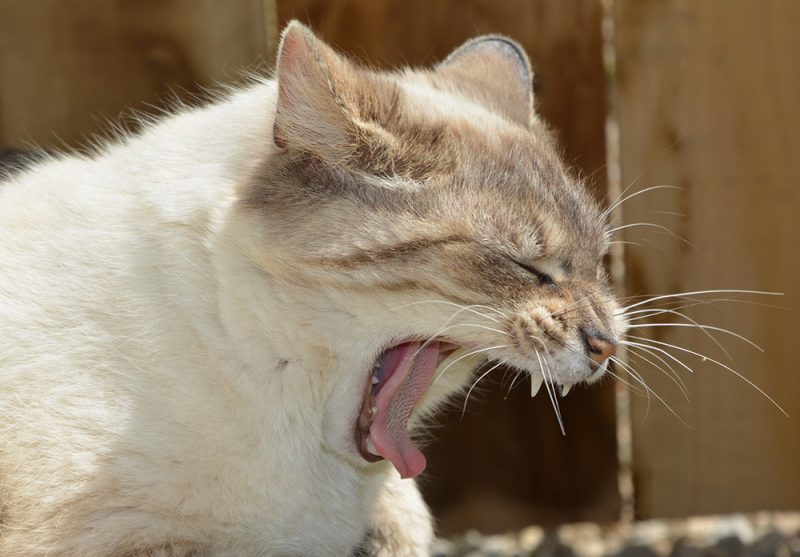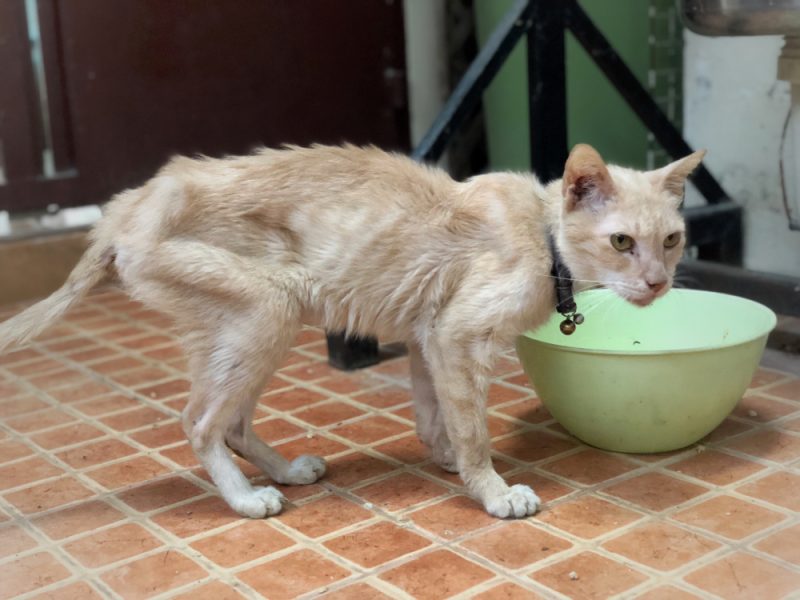Unlike dogs, who will wag their tails at the mention of their name, cats have a variety of reasons for tail wagging, although in cats, it’s less of a “wag” and more of a gentle “swoosh” most of the time. There is a common misperception that cats only wag their tails when they’re angry, and while this is the most common reason, there is actually more to it than that.
Cats are notoriously aloof and individual animals, and it can be a challenge to decipher exactly what they are feeling at times. Cats convey much about what they’re feeling through the movement of their tail, and combined with body language and vocalizations, the movements of your cat’s tail are crucial for you getting a deeper understanding of your feline.
In this article, we’ll take a look at the seven most common reasons for your cat’s wagging tail and what to do when faced with it!

The 7 Reasons Why Cats Wag Their Tails
1. Annoyance
When your cat is thrashing their tail rapidly or randomly, this is a sure sign that they are annoyed or angry. If you see your cat exhibiting this behavior, even while you are petting them, it’s best to give them their space and leave them alone. If you continue petting them at this time, be prepared for a possible scratch or bite!

2. Greeting
An upright, gently swaying tail is your cat’s way of saying hello! Their upright tail will often quiver as well and is a signal that they are happy to see you and would like a petting, please! You’ll often see the same greeting between two cats, followed by gentle rubbing and vocalization. This is usually a sure sign of an excited, happy feline, although an upright tail can also signal fear.
3. Fear
If your cat’s tail is swaying sporadically, with occasional twitching, they are afraid and in defense mode. Their tail may also be fluffed up and standing upright and erect. According to experts, cats stick their tails up like this to appear larger when they are threatened, combined with swooshing and swaying as a distraction.
It’s important to discern fear versus anger. Your cat is afraid and not angry, although they may act defensively when in this mode. It’s highly likely that something has spooked or startled them, and you should try to move slowly and gently around them while they’re in this mode.
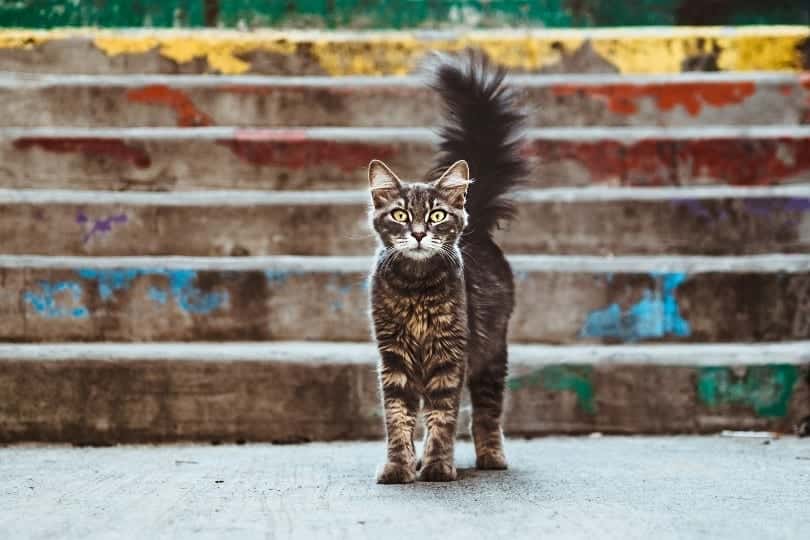
4. Aggression
An angry or aggressive cat will also have an upright tail, but only at the base, and the tail then curls down toward their legs, with fur standing on end along both the tail and spine. They will often arch their back and growl or yowl at the same time, and there is really no mistaking what they are feeling! If you see a cat reacting like this, back away as quickly and gently as you can!
5. Contentment
When your cat’s tail is gently waving and swaying side to side, almost like they’re sweeping the floor, they are relaxed and content. Cats will even do this while sleeping, indicating that they feel safe and secure. They will also do this while being petted and may even gently wrap their tail around your arm.
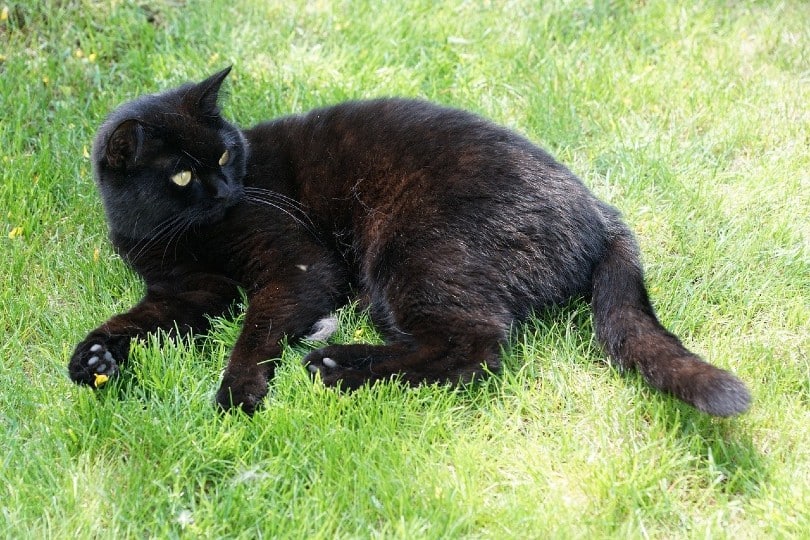
6. Hunting
When your cat is in hunting mode, their tail will twitch and make quick, intermittent swishes from side to side. They can often be seen doing this while stalking and are about to pounce. An easy way to observe this behavior is when you are playing with your cat with a lure or string, and although it is playful, it’s the same motion that they’d make while hunting down prey.
7. Pain
While this is rare, your cat’s tail may also sway or twitch while they are lying down if they are in pain. If your cat’s tail is vibrating or twitching in cases where they are usually relaxed, there may be underlying pain that is causing them distress. That said, this is usually accompanied by other symptoms, like lack of energy or not eating, and if this is the case, a visit to a vet is recommended.
If you need to speak with a vet but can't get to one, head over to PangoVet. It's an online service where you can talk to a vet online and get the advice you need for your pet — all at an affordable price!


Final Thoughts
While the movements of your cat’s tail are great indicators of their feelings and mood, these are part of only one aspect of the different forms of body language that they use for communication. Deciphering tail wags is a great way to assess your cat’s mood but should be used in context and assessed along with vocalization and body language. In order to really understand what your cat is feeling, you need to look at the entire picture, but understanding tail wagging is a great place to start!
Featured Image Credit: Christel SAGNIEZ, Pixabay
